If you want to grow an Arisaema sikokianum, you need to provide it with partial shade, plenty of water, and protection from the cold during the winter. This plant is easy to keep and very striking in a garden. It does not require a lot of care or maintenance once it has established itself.
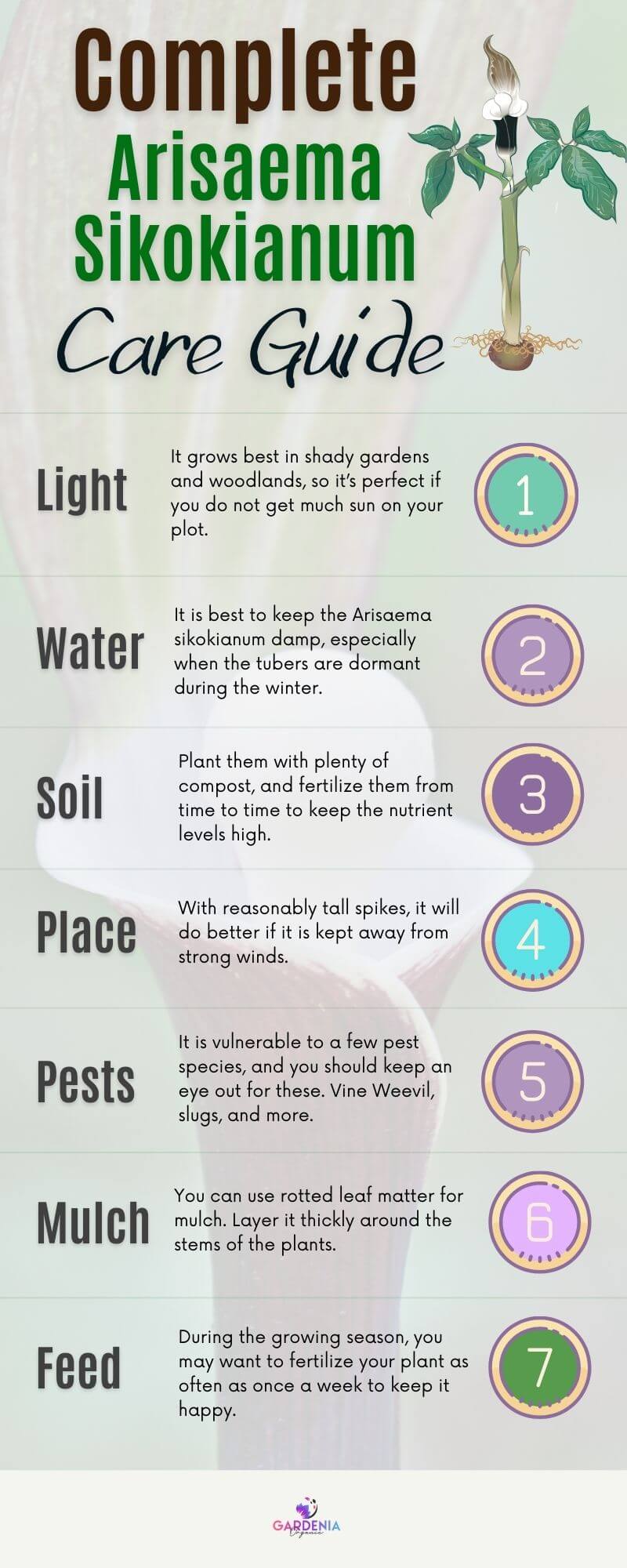
Think About The Light
The Arisaema sikokianum is not fond of light.
It grows best in shady gardens and woodlands, so it’s perfect if you do not get much sun on your plot.
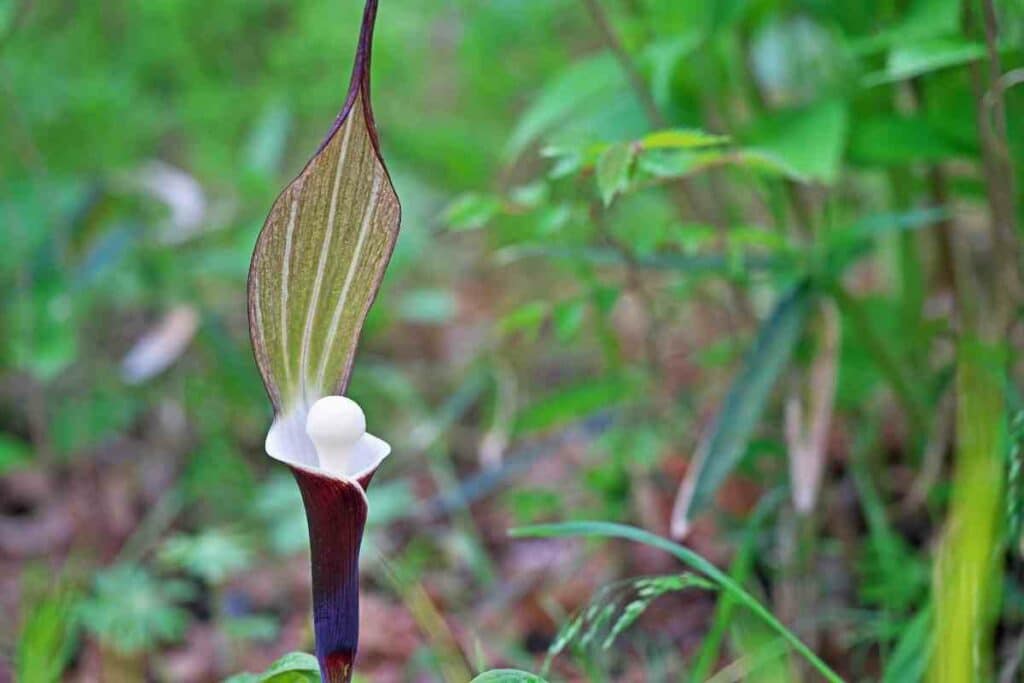
You should plant it somewhere that enjoys at least partial shade, as full sun will burn the leaves and quickly kill the plant.
Although it comes from Japan, it naturally grows in woodland, and it does not appreciate sunlight falling directly on it.
It is one of the few plants that really thrives without much light.
Water It Regularly
It is best to keep the Arisaema sikokianum damp, especially when the tubers are dormant during the winter.
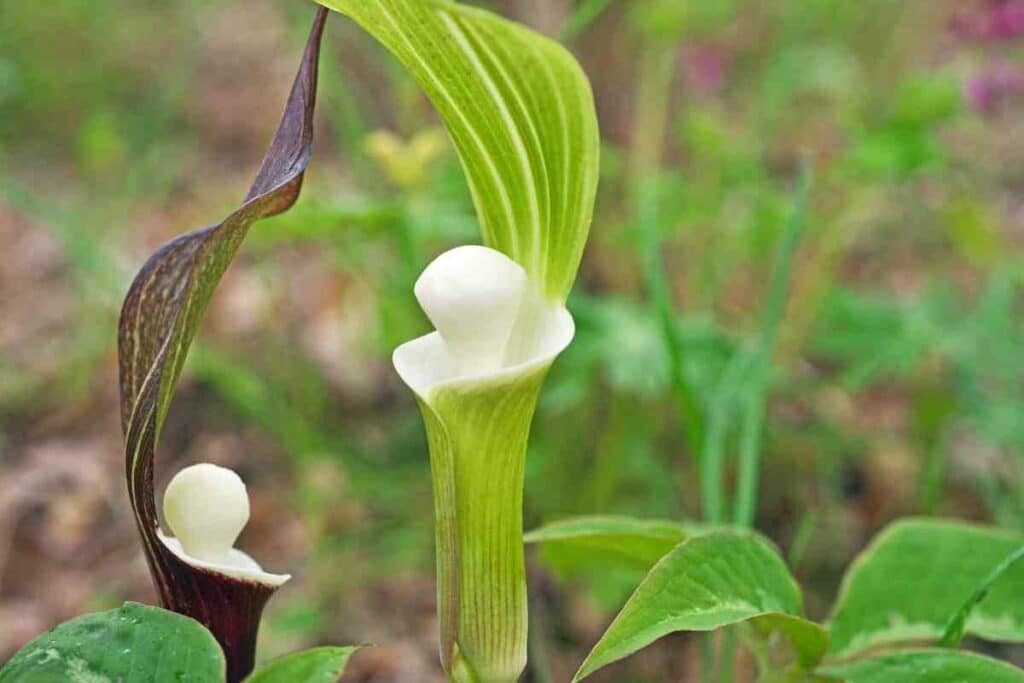
If you live in a dry part of the world, you will need to water the plant consistently to ensure it doesn’t die of thirst.
Although the tubers will not be active in the winter, they will suffer if they get too dry.
Winter air can be surprisingly lacking in humidity, so unless it rains frequently, make sure you give the plant a drink.
Give It Rich Soil
These plants do best when the soil is rich.
They are hungry feeders, so plant them with plenty of compost, and fertilize them from time to time to keep the nutrient levels high.
You should also make sure that the soil is well draining.

If you have a lot of clay in your garden, dig a deep hole and add some drainage material (such as gravel or small stones) at the bottom.
This will help the water to drain away from the plant’s tubers and ensure that they are not left sitting in a puddle.
Although the tubers like dampness, they will quickly rot if they are constantly wet. They need to dry out a little, so make sure the hole can drain.
Next, fill the hole with rich compost. This will help to provide good drainage and give the plant access to the food that it needs.
Always Good Idea: Top this up from time to time, and check that the plant’s soil isn’t getting compacted.
Position It With Care
As well as thinking about the lighting your plant will enjoy, think about putting it in a sheltered spot.
With reasonably tall spikes, it will do better if it is kept away from strong winds.
Surround it with other plants or structures if possible.

Remember, this plant grows in woodlands, and has not evolved to cope with gales.
It also dislikes the cold, so if you live in a chilly part of the world, try to plant it near a heated building to give it some protection.
Look Out for Common Pests
While Arisaema sikokianum is a great plant for resisting diseases, it is vulnerable to a few pest species, and you should keep an eye out for these.
An infestation could devastate or even kill your plant.
Vine Weevil
Vine weevil is one of the common pests associated with this plant.
Frustratingly, these are often hard to spot.
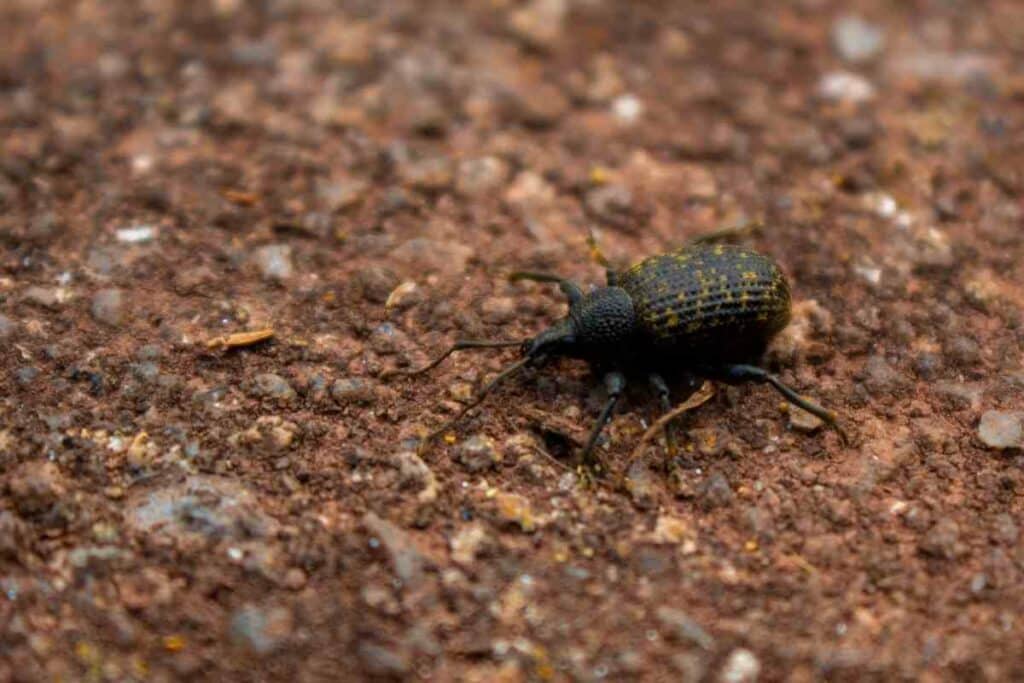
Their grubs attack the roots of the plant beneath the soil, and can remain hidden until it is too late.
With a bad infestation, the plant will wilt and die quickly because it has no access to nutrients.
The adults will also attack the plant, but they go for the leaves and may more noticeably damage your Arisaema sikokianum.
They eat irregular notches around the edges of leaves, robbing the plant of its ability to photosynthesize.
Vine weevils tend to be active at night, so go out with a torch and manually remove them from the plant while they are feeding. This is the best way to control an infestation.
To kill the larvae, you can use pathogenic vine weevil nematodes, which will eat their way through the pests beneath the soil.
Slugs
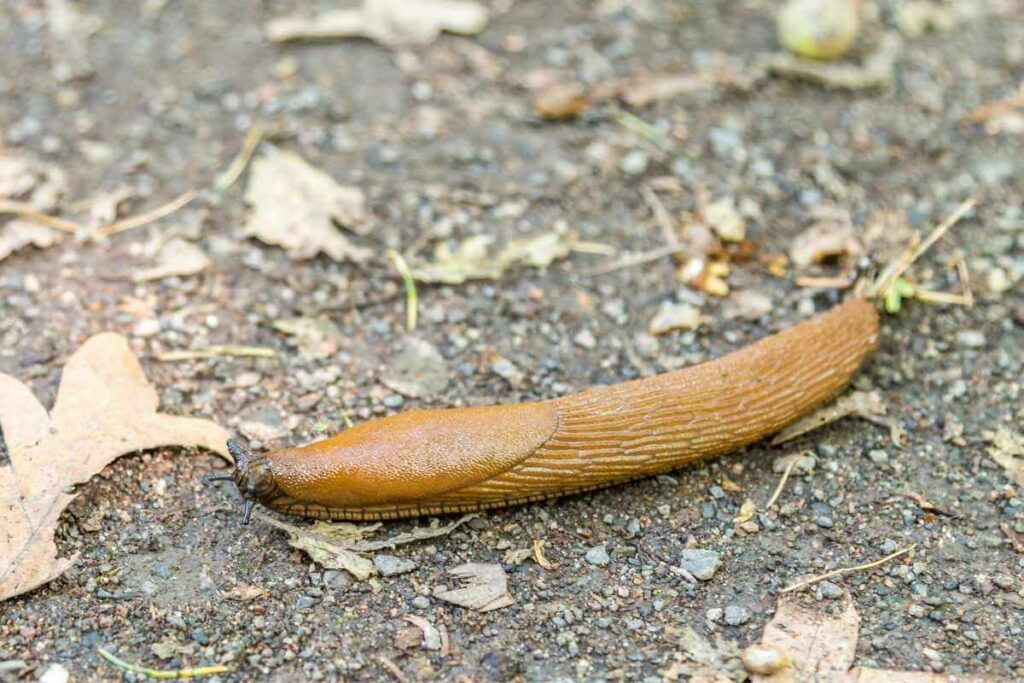
Slugs are another common pest that this plant suffers from.
You can remove slugs by hand at night (when they feed) or use copper strips to discourage the slugs from approaching your plants.
Encouraging a healthy balance of slug predators such as birds and frogs is another effective method for controlling this pest.
Mulch It In Winter
If you live in a cold part of the world, your plant will benefit from being mulched heavily before winter.
You can use rotted leaf matter for mulch.
Layer it thickly around the stems of the plants.
It will provide a bubble of warmth that should help to keep the roots from freezing when temperatures drop.
Good Alternative: You can also use fleece or cardboard on the surface of the soil to achieve the same result.
Feed It Frequently
During the growing season, you may want to fertilize your plant as often as once a week to keep it happy.
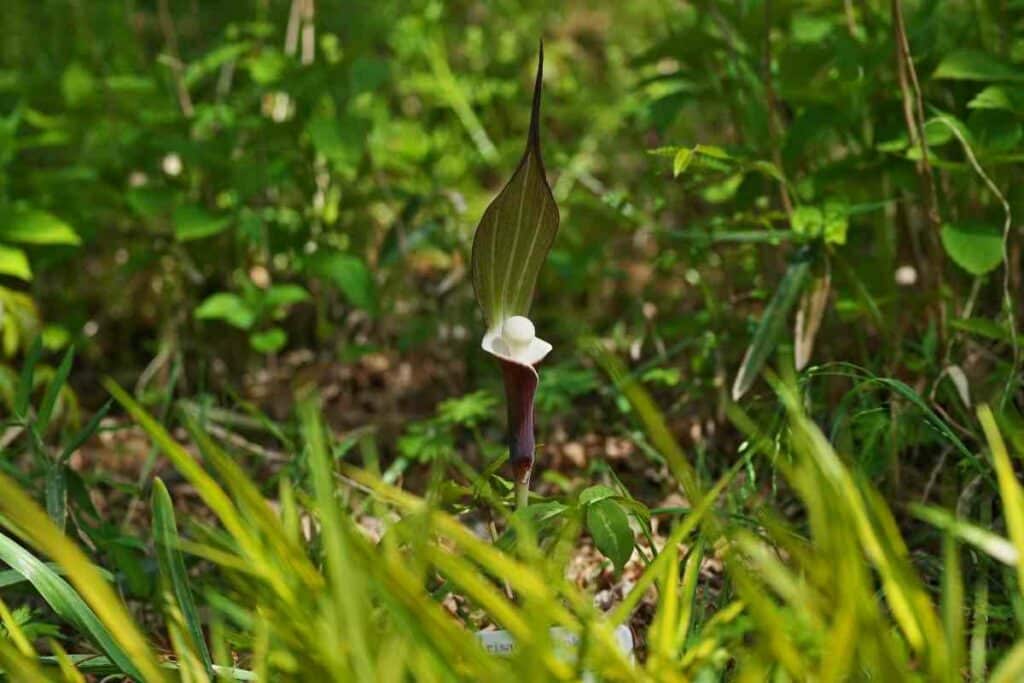
This will ensure that the plant has the nutrients it needs to grow and produce those amazing flowers.
If you don’t feed your plant, it will probably continue to grow, but it may not produce such spectacular blooms.
Conclusion
Caring for an Arisaema sikokianum is relatively easy.
Make sure that the plant is getting limited sunlight and is not exposed to cold air, and it will mostly take care of itself.
All you need to do is water it when the weather is dry, and keep an eye out for pests.


